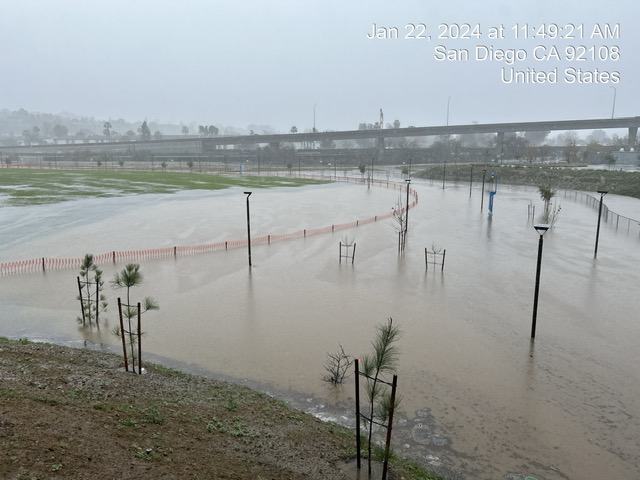San Diego State city planning professor Dr. Sherry Ryan is analyzing cycling behavior using data obtained with the help of students. The data comes from in-field observance; counting bikers in a census at strategic locations around San Diego, including the heavy-cycling corridors along Montezuma Road between College Avenue and El Cajon Boulevard.
This data will allow regional planners at San Diego Association of Governments to better allocate funding for improved bicycle infrastructure, which will translate into safer cycling environments and a possible increase in cycling rates.
Ryan said the relative dearth in cycling data and analysis techniques is a hindrance to planning and transforming communities into more bike-friendly places.
“What is needed is more data on cycling rates — the type of people cycling, for example, age, gender, ethnicity, as this gives planners numbers that can then be used to allocate funds into the proper channels,” Ryan said.
In one undergraduate course she teaches, students are able to get real-world experience while collecting data by observing and counting the bike-users they see at key points.
Ryan gave campus efforts, such as the new colored bike lanes, high marks. Before the colored bike lane, wheeled conveyances, including bicycles, were prohibited on campus.
However, Ryan also said the lack of data can lead to faulty assumptions. For example, some SDSU facility planners have reported collisions between bikes and pedestrians have increased 300 percent since the bike lanes were put into place. But that rate of increase in collisions would need to be reported in a manner that accounts for the change in overall number of bikers.
In other words, while collision rates have increased 300 percent, cycling rates may have also increased by a relatively larger amount. Ryan said one cannot conclude facilities are unsafe until the number of users are known.
According to Ryan, there are various approaches to improving San Diego’s cycling infrastructure. One group tends to advocate for more integration of the cyclist into traffic, or “vehicularizing” the cyclist. The second, more European approach seeks to separate the cyclist from vehicular traffic and provide as much buffer from cars and traffic as possible.
Ryan said research shows it is in the latter environments where people tend to see more cycling by children, women and minority populations.
“In Mira Mesa / Sorrento Valley, I’ve seen bicyclists riding against the flow of car traffic as a result of no bicycle facilities,” SDSU graduate student in city planning, Javier P. Ramos, said. “It is sad that in San Diego so much roadway space is given to the automobile and very little to other modes of active travel. I hope that my participation as a bike counter contributes to some form of change in our transportation design of roadways to incorporate other modes of travel.”
Another student researcher, Stephanie Ramos, also enjoyed participating in the study.
“I realized though, that there are fewer women than men bicycling and this is due to not feeling safe whether it be because there is no bike lane or it could just be the area in general is not pedestrian friendly,” she said. “Women should be out there biking as much as men are.”
Biking is far more common in Europe and other areas of the country. The Ramos’ said they hope someday San Diego can have better biking facilities.
“I collected data downtown, one place by Old Town, and another by Pacific Beach,” Ramos said. “I was doing a gender comparison and the conclusion was clear after all the data was plugged in that safety and no bike lanes were the top reasons why women did not bike more throughout the San Diego region.”






